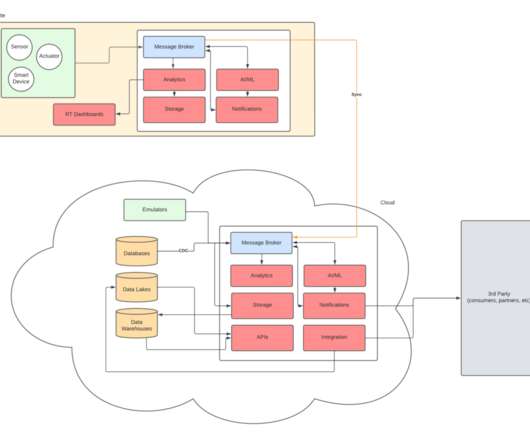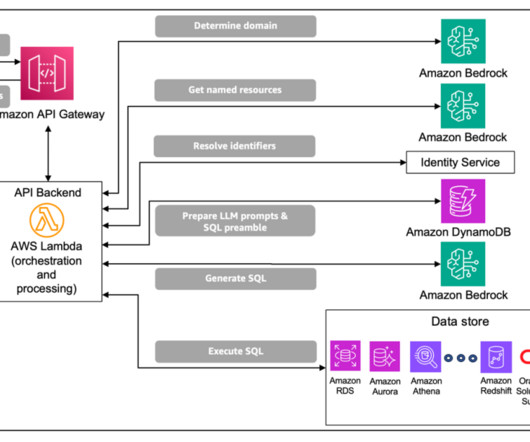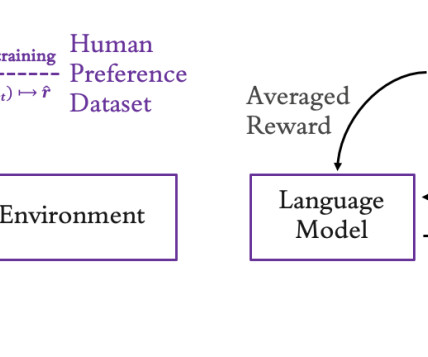Review of Industrial IoT Solutions – Part I
Perficient
DECEMBER 2, 2022
It would take way too long to do a comprehensive review of all available solutions, so in this first part, I’m just going to focus on AWS, Azure – as the leading cloud providers – as well as hybrid-cloud approaches using Kubernetes. Introduction. Edge computing and more generally the rise of Industry 4.0 Solution Overview.















Let's personalize your content